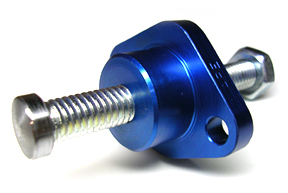FJRay
Well-known member
There seems to be some interest in this so I will put it out there for folks to do what they want to with it. I have yet to install it because mine only has a few miles on the new one in it so I am waiting for snow fall before I get into it. I am certain it will work just fine.
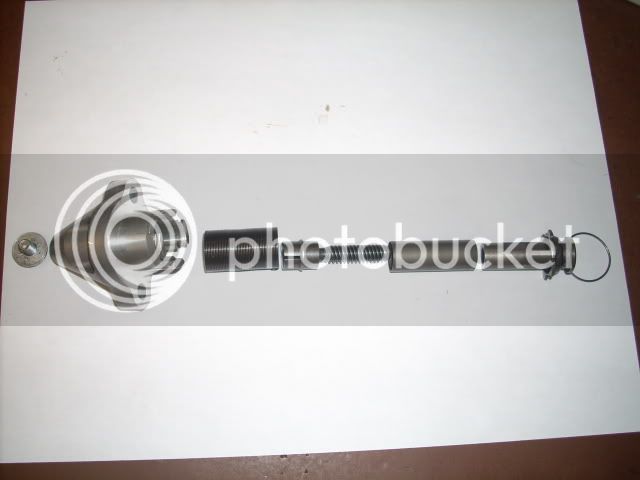
This shows the stock cct disasembled and in order of assembly.
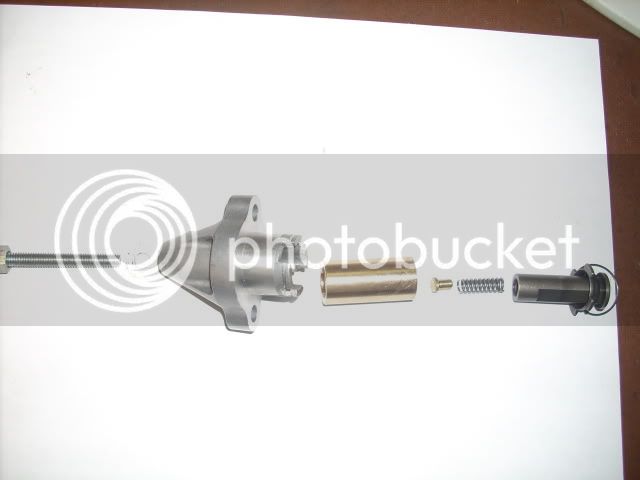
This shows the cct with the new parts in order of assembly.
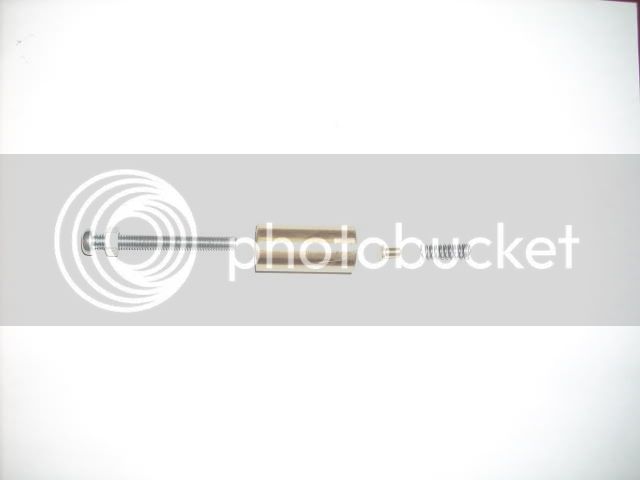
This shows the parts that need to be made or purchased
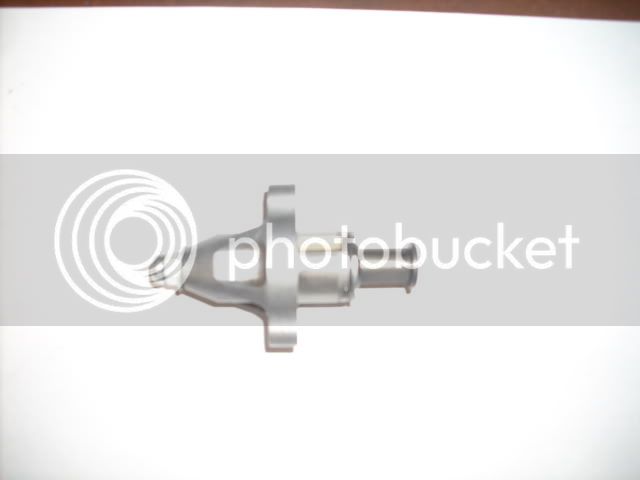
This shows it all together again.
The bushing that needs to be machined can be made out of most any material. I used bronze because I have lots from my boatyard days.
The OD is .711, the ID is .474 and the length is 1.460. All dimensions are +- .001
The spring came from Ace and is a .250 compression spring shortened to .750.
The small button goes in the end of the spring to servw as a base for the screw so it doesn't go into the spring. It is .250 on the big end and is .178 on the small end and is .330 long.
The screw is a standard 6mm x 55mm which is the same as the bolt in the end of the stock cct.
You need to run a 6mm tap through the cct body because the stock threads don't go all the way through. at this point clean up everything and get ready for assy.
I used some grease on the spring and button to keep them from falling out. Put the spring and button in the plunger from the cct. Assemble the plunger and the bushing into the cct housing and install the retainer clip. The original screw,sleve and spiral spring get discarded at this point.
The 6mm x 55mm screw along with the crush washer from the bolt go in the other end. Add a 6mm nut to the screw to act as a lock to hold adjustment.
Install in the engine as you would with the stock unit. If the screw is to long for assy then leave it out until the unit is installed and then put it in with a long screw driver.
For adjustment I would run the screw in until you feel a slight resistance and then go 1 turn to tension the spring. When I put mine in I will start the engine and slowly back out the adjuster until I get some noise and then in until it is quiet and then the 1 turn for tension.
I have no doubt that this will work just fine and require very little service.
If you want to wait until winter I will post up the results on mine.

This shows the stock cct disasembled and in order of assembly.

This shows the cct with the new parts in order of assembly.

This shows the parts that need to be made or purchased

This shows it all together again.
The bushing that needs to be machined can be made out of most any material. I used bronze because I have lots from my boatyard days.
The OD is .711, the ID is .474 and the length is 1.460. All dimensions are +- .001
The spring came from Ace and is a .250 compression spring shortened to .750.
The small button goes in the end of the spring to servw as a base for the screw so it doesn't go into the spring. It is .250 on the big end and is .178 on the small end and is .330 long.
The screw is a standard 6mm x 55mm which is the same as the bolt in the end of the stock cct.
You need to run a 6mm tap through the cct body because the stock threads don't go all the way through. at this point clean up everything and get ready for assy.
I used some grease on the spring and button to keep them from falling out. Put the spring and button in the plunger from the cct. Assemble the plunger and the bushing into the cct housing and install the retainer clip. The original screw,sleve and spiral spring get discarded at this point.
The 6mm x 55mm screw along with the crush washer from the bolt go in the other end. Add a 6mm nut to the screw to act as a lock to hold adjustment.
Install in the engine as you would with the stock unit. If the screw is to long for assy then leave it out until the unit is installed and then put it in with a long screw driver.
For adjustment I would run the screw in until you feel a slight resistance and then go 1 turn to tension the spring. When I put mine in I will start the engine and slowly back out the adjuster until I get some noise and then in until it is quiet and then the 1 turn for tension.
I have no doubt that this will work just fine and require very little service.
If you want to wait until winter I will post up the results on mine.
Last edited by a moderator:




